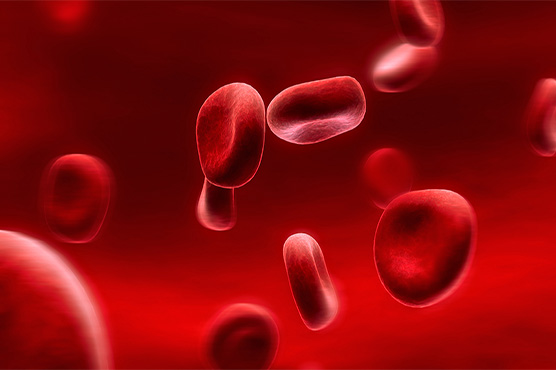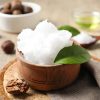- Empty cart.
- Continue Shopping
The Role of Platelets in Blood Clotting

Blood clotting, or coagulation, is a complex and life-saving process that prevents excessive bleeding when blood vessels are damaged. Platelets, one of the main components of blood, play a crucial role in this process.
Understanding Platelets
Platelets, also known as thrombocytes, are small, colorless cell fragments found in the blood. They are produced in the bone marrow and have a lifespan of about 7-10 days. Platelets play a pivotal role in hemostasis, which is the body’s process of stopping bleeding.
The Process of Blood Clotting
Blood clotting is a multi-step process that involves the interaction of various components in the blood, including platelets and proteins known as clotting factors. The process can be divided into three main phases: vascular constriction, primary hemostasis, and secondary hemostasis.
1. Vascular Constriction: When a blood vessel is injured, it constricts or narrows to reduce blood flow to the site of injury. This initial response helps minimize blood loss.
2. Primary Hemostasis: This phase involves the formation of a primary platelet plug at the site of injury. When a blood vessel is damaged, the exposed collagen fibers in the vessel wall activate platelets. Activated platelets change shape, becoming spiky and sticky, and adhere to the exposed collagen.
3. Secondary Hemostasis: In this phase, a series of chemical reactions involving clotting factors occurs. These reactions ultimately lead to the conversion of fibrinogen (a soluble protein) into fibrin (an insoluble protein). Fibrin threads form a mesh that reinforces the platelet plug, creating a stable blood clot.
The Role of Platelets
Platelets are instrumental in primary hemostasis, where their main functions are:
1. Adhesion: Activated platelets adhere to the exposed collagen at the site of injury. This adhesion is facilitated by receptors on the platelet surface.
2. Activation: Once adhered, platelets become activated, changing shape and releasing granules containing various molecules, including ADP (adenosine diphosphate) and serotonin. These molecules help attract more platelets to the injury site and further activate them.
3. Aggregation: Activated platelets stick together, a process known as aggregation. This forms a loose platelet plug that temporarily stops the bleeding.
Platelets also play a role in secondary hemostasis by providing a surface for the activation of clotting factors. The clotting factors and platelets work together to form a stable and robust blood clot.
Maintaining Balance in Blood Clotting
While blood clotting is essential for preventing excessive bleeding, it’s equally important to maintain a delicate balance to avoid pathological clot formation. An imbalance can lead to two significant conditions:
1. Thrombosis: This occurs when blood clots form inappropriately within intact blood vessels. It can lead to serious conditions such as deep vein thrombosis (DVT), stroke, or myocardial infarction (heart attack).
2. Bleeding Disorders: On the other end of the spectrum, bleeding disorders can result from a deficiency or dysfunction in platelets or clotting factors. Conditions like hemophilia and von Willebrand disease are examples of bleeding disorders.
Factors Influencing Blood Clotting
Several factors can influence blood clotting:
1. Medications: Some medications, such as anticoagulants (blood thinners) and antiplatelet drugs, can inhibit the clotting process.
2. Genetics: Genetic factors can predispose individuals to clotting disorders or bleeding disorders.
3. Underlying Medical Conditions: Conditions like atherosclerosis (hardening of the arteries) and certain cancers can increase the risk of thrombosis.
4. Lifestyle Factors: Smoking, obesity, and a sedentary lifestyle can all impact blood clotting and overall cardiovascular health.
In Conclusion, Platelets are essential players in the intricate and life-preserving process of blood clotting. They help form the initial platelet plug at the site of injury and provide a surface for the activation of clotting factors, ultimately leading to the formation of a stable blood clot. However, maintaining a delicate balance in blood clotting is critical to prevent both excessive bleeding and pathological clot formation. Understanding the role of platelets in this process highlights the importance of their proper function in ensuring our overall health and well-being.








